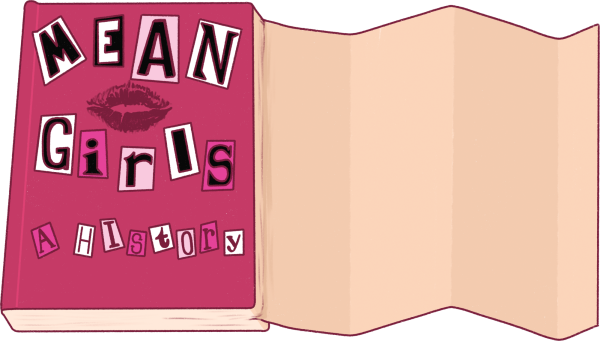Bullet Journals Hit the Mark
January 21, 2021
Bullet journaling is a more flexible form of planning that has become popular among LASA students. Bullet journaling is commonly used as a creative outlet, while some simply use it as a place to structure their time and organize LASA’s heavy workload.
Bullet journaling involves two-page layouts called spreads. Spreads can focus on various goals and tasks, but the most common type is the weekly spread, which gives bullet journalers a space to lay out their schedule for the upcoming week.
Senior Lilli Gordon said that making spreads has helped her organize her schedule in a way that is aesthetically pleasing. She eased into the process of bullet journaling, at first writing her tasks down in a journal and then moving into the process of making artistic spreads.
“I had already been disorganized in my head, so I was like, ‘I should start writing things down,’” Gordon said. “At first, it was just kind of writing stuff in a journal, just random stuff that I needed to do, and then I started not liking how it looked, so I wanted to make it pretty, so I started making actual spreads. It really helped my cognitive function.”
While some people use it as a creative outlet, bullet journaling can also be used as a more functional planning system that allows people to find different, personalized ways to organize the tasks that lay ahead of them. Junior Eli Clark said that they use their journal to plan and organize.
“I mostly use it as a system of planning,” Clark said. “Most of my bullet journal is my weekly spread of separating the days and having the tasks. I try to clarify for myself by either putting things on the day they’re due or when I want to work on them if there’s a farther-out due date and also putting events I have coming up.”
The bullet journal presents more flexibility than the traditional paper agenda. You can plan your own personal layouts for organizing what you want to keep track of. Senior Rhea Jain, who runs a bullet journaling Instagram account, said she enjoys the freedom that bullet journaling permits.
“I’ve always loved using something physical to plan, and for a long time, that was a typical agenda,” Jain said. “A friend introduced me to the idea of bullet journaling and I loved the flexibility it had. I like that the journal serves a productive purpose, but at the same time, I don’t think everything we do should be productive, so I also use it as a creative outlet.”
Gordon said that the workload at LASA can sometimes become overwhelming. She said that having somewhere to organize all her due dates and plan ahead for large projects helps her stay organized.
“I do think it helps with procrastination and better organization,” Gordon said. “Just because the workload is always going to stay the same, but the fact that I’m able to split things into days that I’m supposed to do them and self-deadline really helps me split up the workload and get it done in a timely manner.”
Bullet journaling can also be a tool to monitor personal growth and progress. Jain said she appreciates that bullet journaling has encouraged her to reflect on what she has done.
“I would definitely say that bullet journaling has made my life a lot better,” Jain said. “It’s not just a planning system, but, as the name suggests, also a journaling system. I feel like I’ve gotten to better understand myself, especially when it comes to taking care of myself, because now, I recognize my limits but also my achievements because the system has made me more reflective.”








